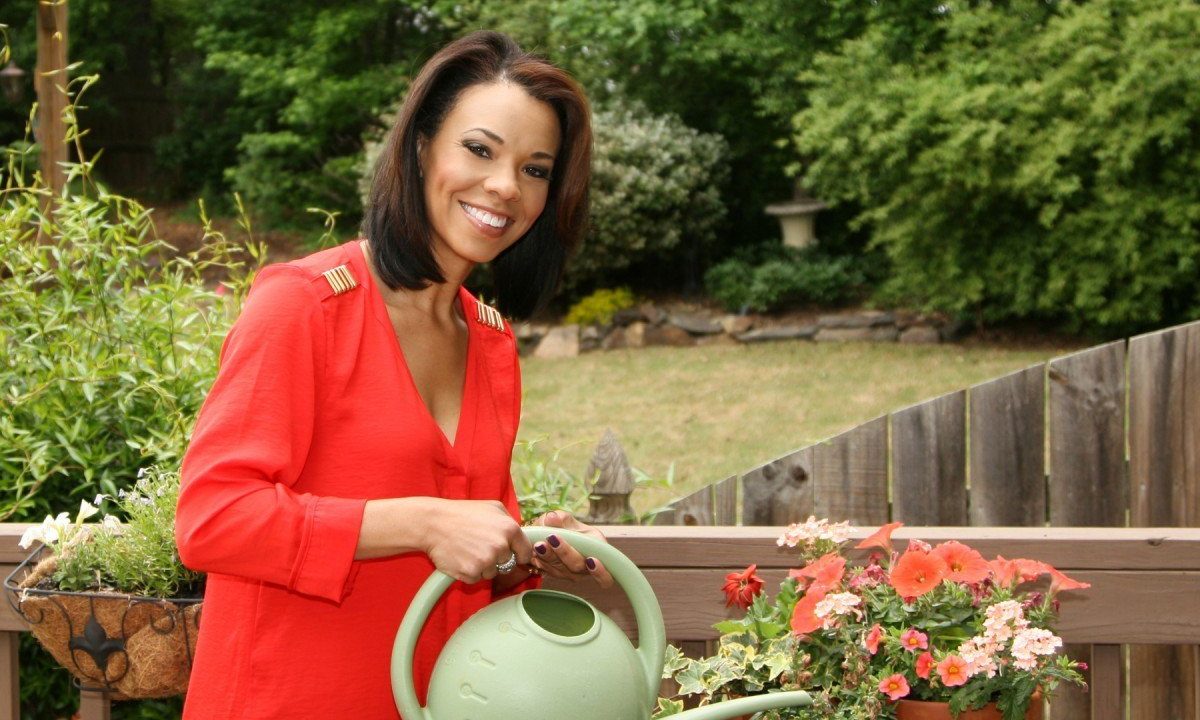

1. Plan first
The first tip for gardening is to decide what type of garden you want to grow. By deciding if you want a vegetable, flower or herb garden (or a combination) it will be much easier to choose plants and flowers that will grow best together.
2. Herbal remedies
If you decide to plant herbs, the best way to keep them from spreading all over your garden is to plant them in a potted area or build a raised garden bed for herbs only.
3. Consider climate
When buying plants for your garden, try to find plants that grow best in the climate where you live. If you are unsure about the type of plants that grow best where you live take a peak at the plant hardness zone map this should help you out.
4. Start small
An easy tip for first time gardeners is to start small. Even if you have a large space for garden, just fence a small section off. Starting with a small garden will keep you from getting overwhelmed and you can work up to a bigger garden next year.
5. Make the beds
A simple way to make your large garden more manageable is to build multiple garden beds or use large rocks or boulders to a natural fence around different sections. By separating different types of plants and flowers your garden will be much easier to maintain.
Find more about gardening on our blog Can You Dig It>>
6. Rock out
Large rocks and boulders also make neat garden markers. So instead of using seed packets stapled to sticks or the plastic pieces that come with the plant (that often break and fade) try using rocks this year, they look earthy and are eco-friendly. To make your rock garden marker, all you need to do is paint or draw on the rock with sharpie or outside paint that won’t wash off.
7. Limited sunlight?
A tip for people with gardens that have a limited amount of sunlight (less then 4 to 6 hours of sunlight) is to plant root vegetables like potatoes, onions and carrots, etc., which grow great with less sunlight.
8. Choose smart
Some great vegetables to plant, for those of you who live farther north and have shorter summers are lettuce, kale, radishes, green onions and other leafy greens. These veggies all grow quickly and will be full grown and edible between 30 and 60 days after planting — just make sure to pick them before they spoil!
9. Protect
For most early gardens, spring frosts can be a problem especially in cooler regions. A great way to protect your garden is to use old sheets to cover your plants, just make sure there is something holding the sheets above your plants so that they don’t collapse the plant (if you are using sticks to hold up your plants those will work great).
10. Watch the weather
A great way to use up extra clay plant pots that you might have laying around is to use them to protect your plants from frost or hail. All you need to do is to tip them upside down over the plants that need protecting.